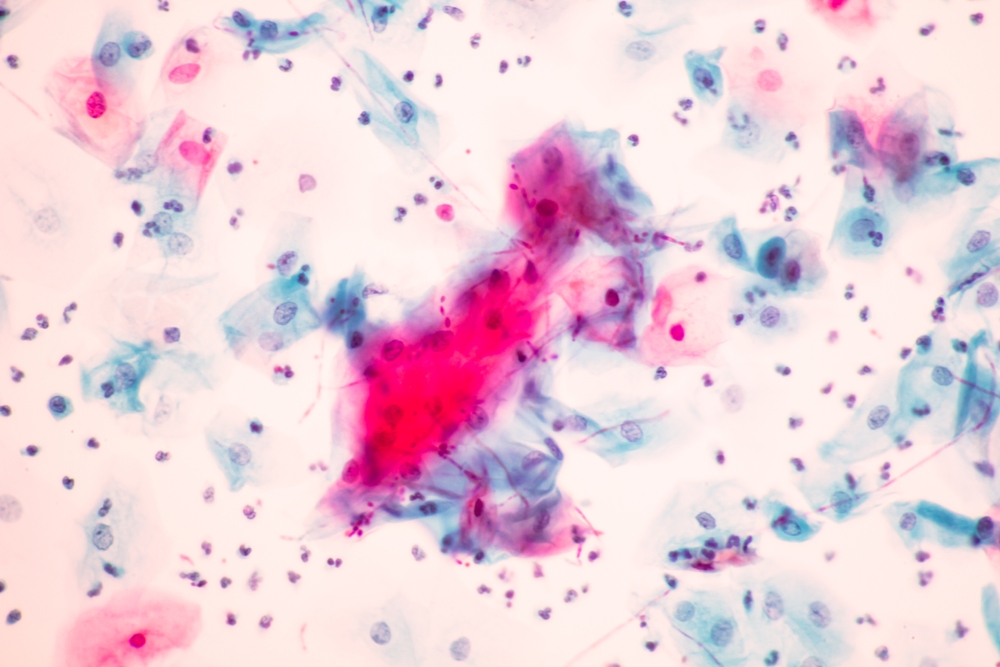While overlooked compared to viruses and bacteria, fungal diseases are globally on the rise in animals. These diseases can be difficult to diagnosis and treat due to non-distinct symptoms and their ability to evade detection and treatment. To make matters worse, some fungi are capable of overcoming host constraints, allowing them to infect multiple animal species or even humans.
In this post, we will discuss one such fungus, Candida auris. We will explore its host range, impact on animal health, and how early detection and diagnosis can help prevent drug resistance development in this fungus.
Understanding Candida auris
Candida auris (C. auris) is a yeast fungus known for causing the disease, candidiasis in humans and animals. First discovered in 2009, C. auris has emerged as a significant concern in both human and veterinary medicine due to its transmissibility and ability to acquire multiple drug resistances. This fungus poses risks not only to immunocompromised humans but also to various animal species. As veterinarians, understanding its implications is essential for effective management and treatment.
Host Animals: Identifying At-Risk Species
- auris has been documented in multiple host species, including domestic cats, dogs, livestock, and even amphibians (Garcia-Bustos, et al., 2024). Immunocompromised animals, particularly those undergoing treatments that suppress their immune systems, are especially susceptible to infection. It is crucial to monitor these populations closely to prevent outbreaks.
Symptoms: Recognizing Clinical Signs
The clinical presentation of C. auris infections can vary among species. Common symptoms include fever, lethargy, and behavioral changes. The disease frequently manifests as a urinary tract infection in cats and dogs (Reagan et al., 2019). In more severe cases, animals may exhibit skin lesions, respiratory distress, or systemic illness.
Disease Progression: Understanding the Course of Infection
If left untreated, C. auris can progress rapidly, potentially leading to systemic infections that pose serious health risks. Early detection is paramount, as timely intervention can significantly improve outcomes. It is advisable for veterinarians to educate pet owners about the importance of seeking veterinary care at the first sign of illness.
Diagnosis: The Challenge of Accurate Identification
Diagnosing C. auris can be challenging due to its relatively recent emergence and the overlap of symptoms with other conditions. Diagnostic methods typically include fungal cultures, Polymerase Chain Reaction (PCR) testing, and, in some cases, biopsies. However, culture-dependent methods and PCR commonly misdiagnose C. auris as other closely related species (Černáková, et al. 2021). Adoption of Next Generation Sequencing (NGS) technologies can improve diagnosis of C. auris to the species level and help identify antimicrobial resistance mechanisms that strains may possess. Increased awareness and improved testing are critical for accurate diagnosis, allowing for prompt and appropriate treatment.
Treatment Options: Navigating Antifungal Resistance
Antifungal therapy remains the cornerstone of treatment for C. auris infections. However, it is essential to note that resistance to commonly used antifungal agents, such as azoles and echinocandins, has been reported (Du et al., 2020). This resistance complicates treatment options and underscores the necessity for susceptibility testing to guide effective therapeutic strategies. Supportive care, including hydration and nutritional support, is also vital for recovery.
Conclusion: The Importance of Awareness and Vigilance
In summary, Candida auris represents a growing concern in veterinary medicine. By staying informed about its potential impacts, symptoms, and treatment options, veterinarians can play a crucial role in managing this pathogen effectively. Early detection and intervention are essential in safeguarding the health of our animal patients. As we continue to learn about C. auris, collaborative efforts in education and prevention will be vital in addressing this emerging threat.
References
Černáková L, Roudbary M, Brás S, Tafaj S, Rodrigues CF. Candida auris: A Quick Review on Identification, Current Treatments, and Challenges. Int J Mol Sci. 2021 Apr 25;22(9):4470. doi: 10.3390/ijms22094470.
Du H, Bing J, Hu T, Ennis CL, Nobile CJ, Huang G. Candida auris: Epidemiology, biology, antifungal resistance, and virulence. PLoS Pathog. 2020 Oct 22;16(10):e1008921. doi: 10.1371/journal.ppat.1008921.
Garcia-Bustos V. Is Candida auris the first multidrug-resistant fungal zoonosis emerging from climate change? mBio. 2024 Apr 10;15(4):e0014624. doi: 10.1128/mbio.00146-24.
Reagan KL, Dear JD, Kass PH, Sykes JE. Risk factors for Candida urinary tract infections in dogs and cats. J Vet Intern Med. 2019; 33: 648–653. https://doi.org/10.1111/jvim.15444
Categories: Antimicrobial Resistance, Fungal Infections, Next-Gen DNA Sequencing Technology, Veterinarian Guides

